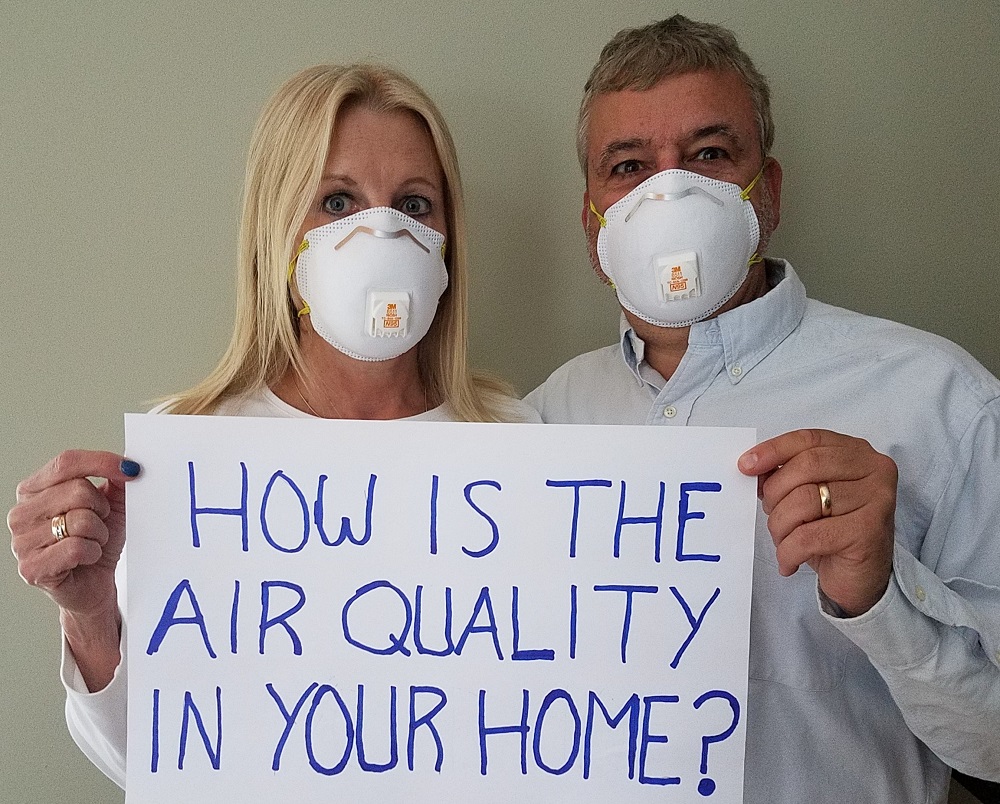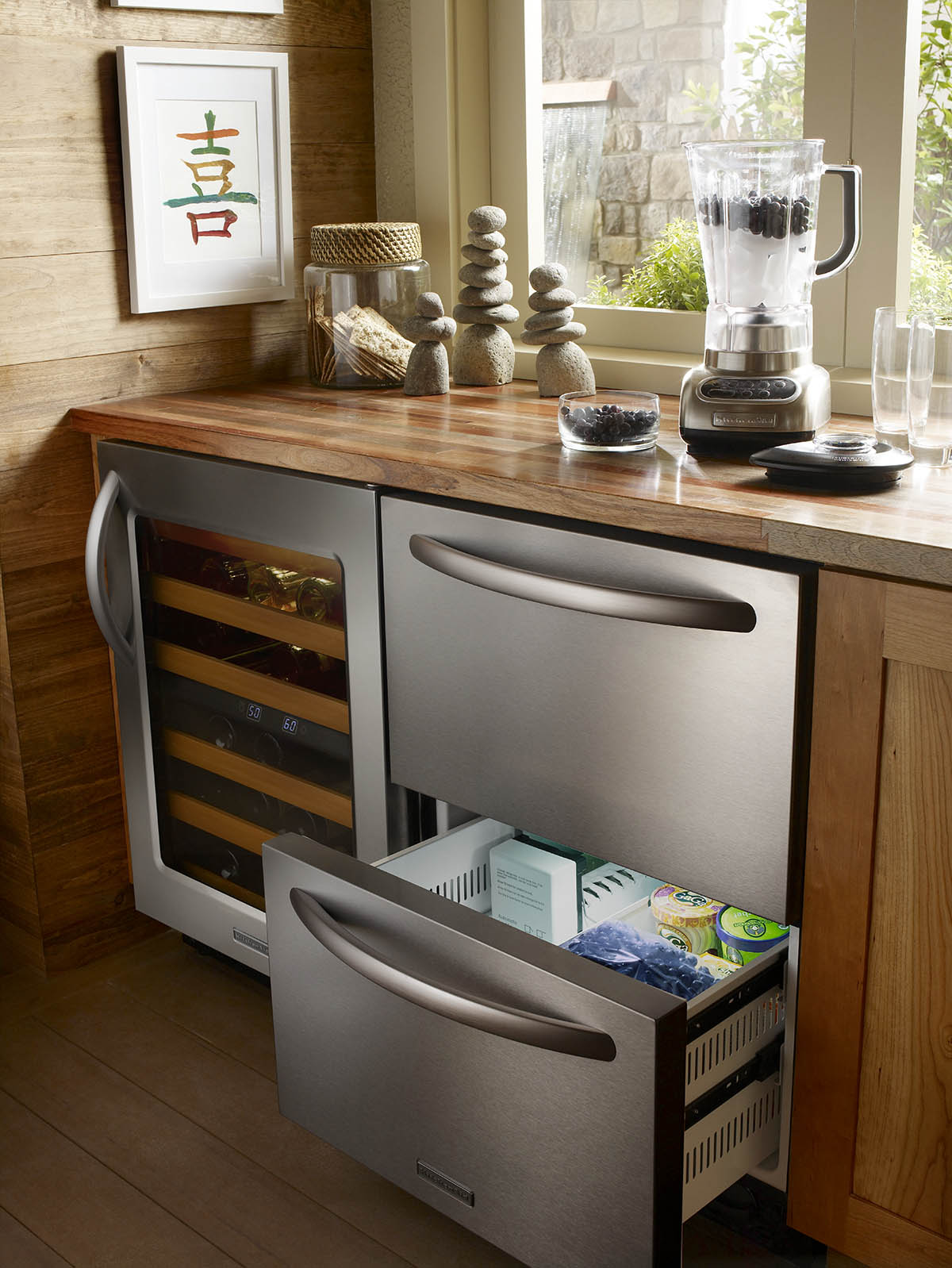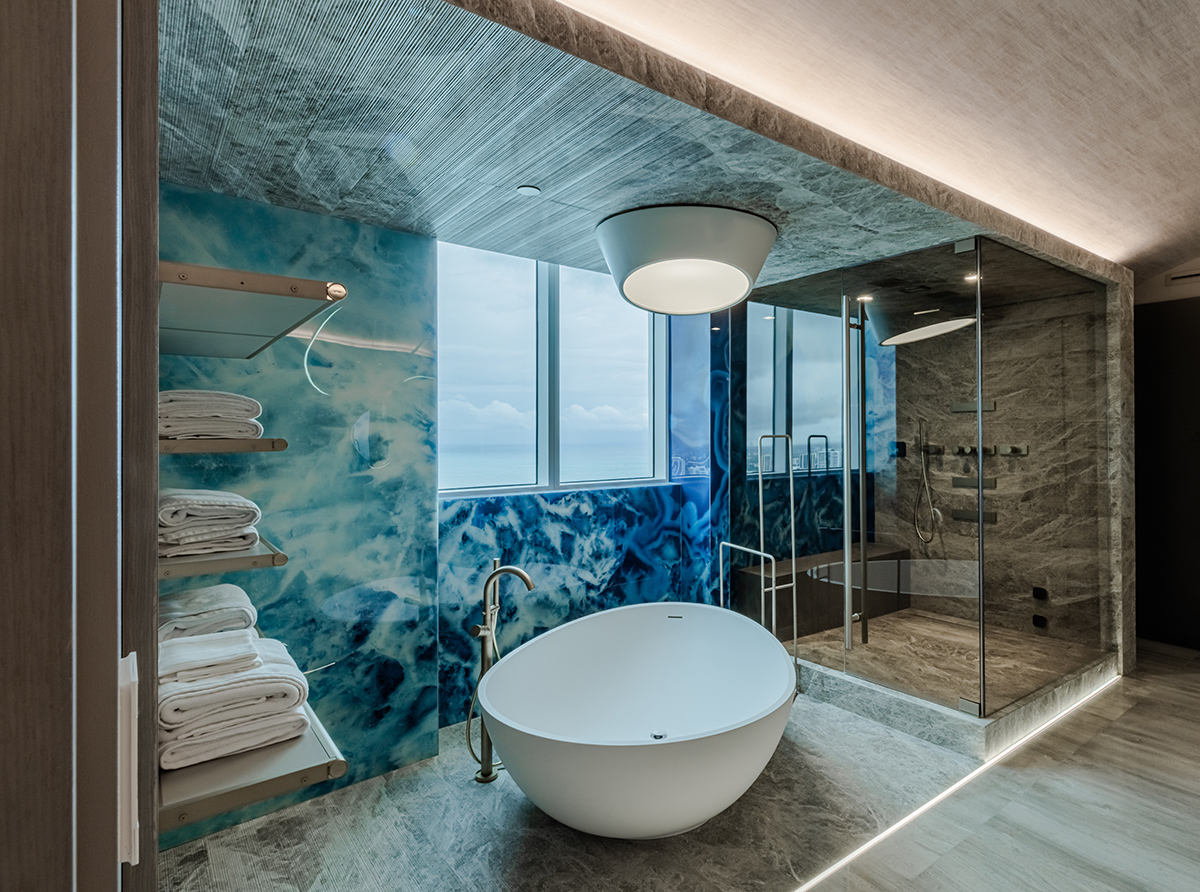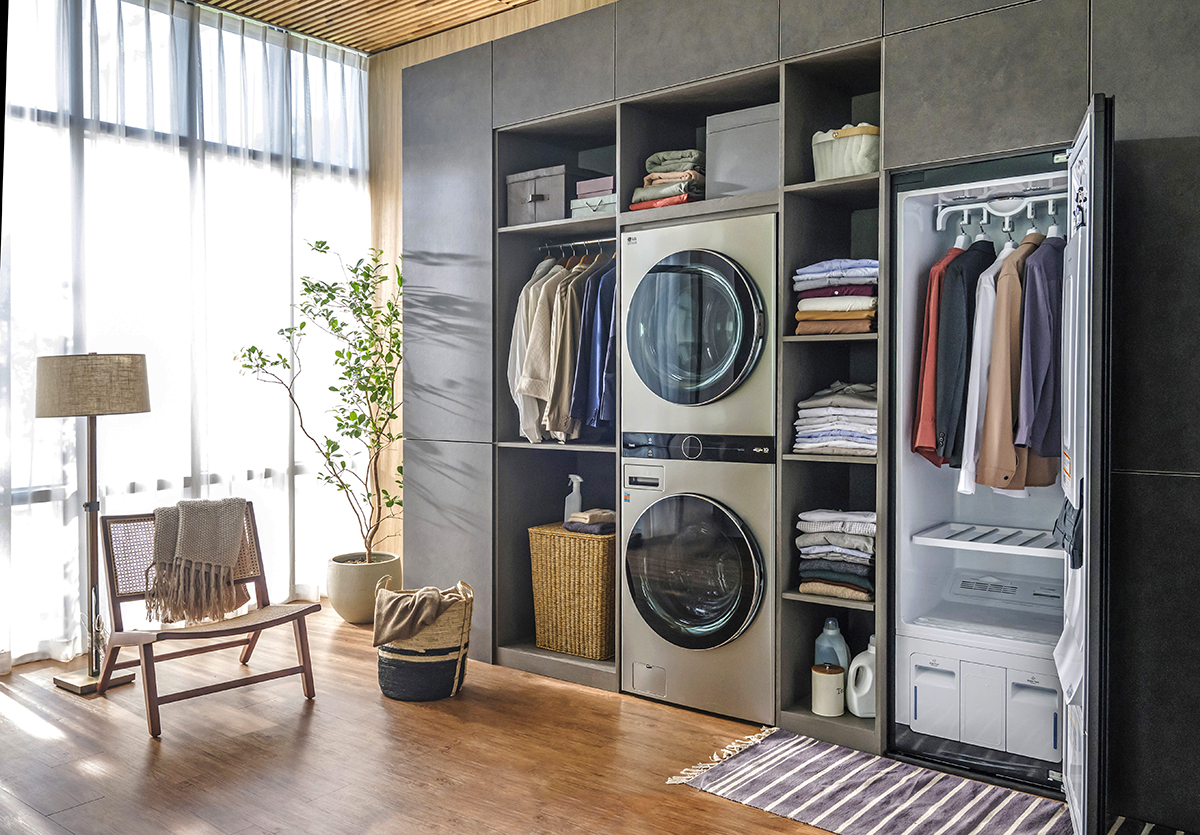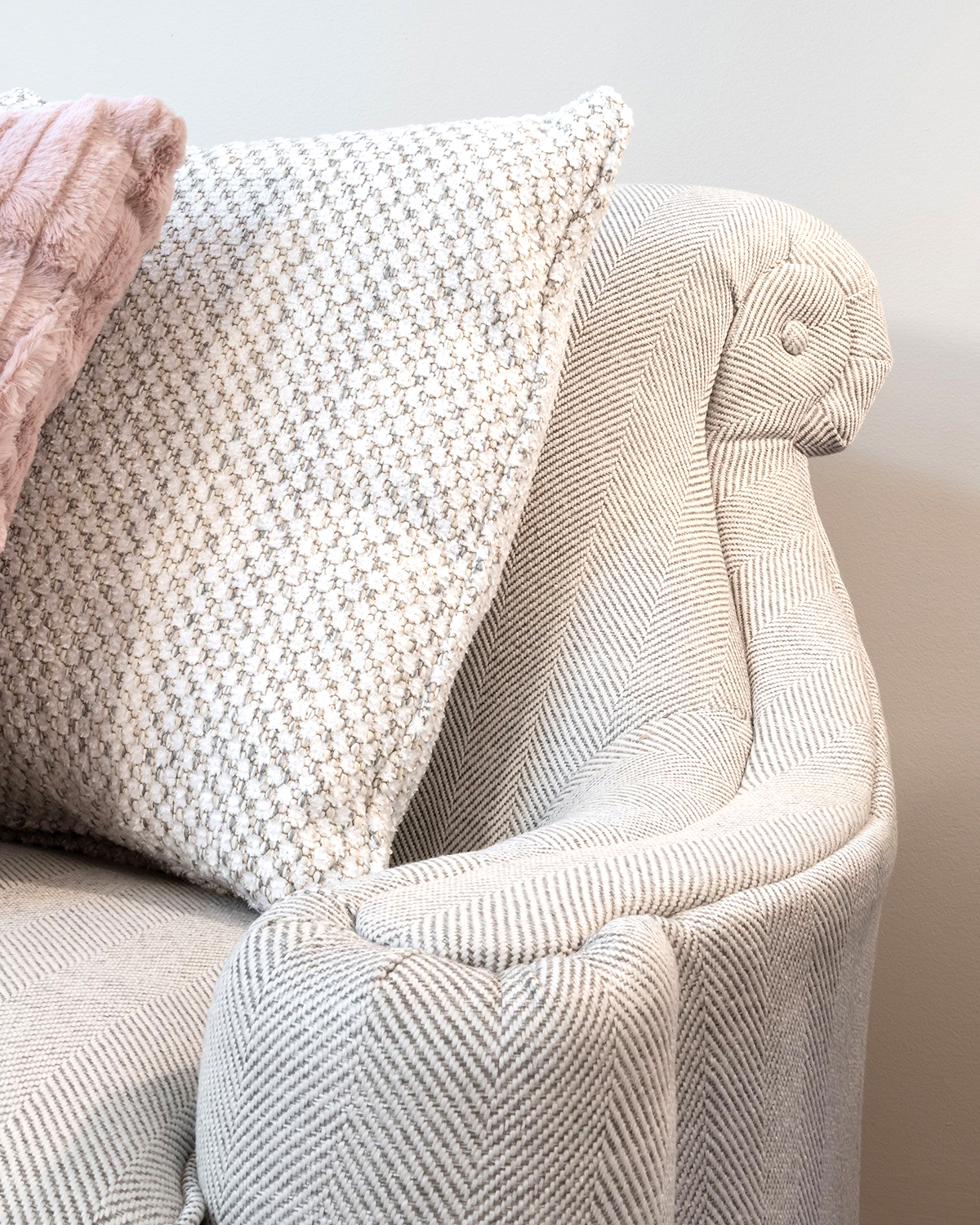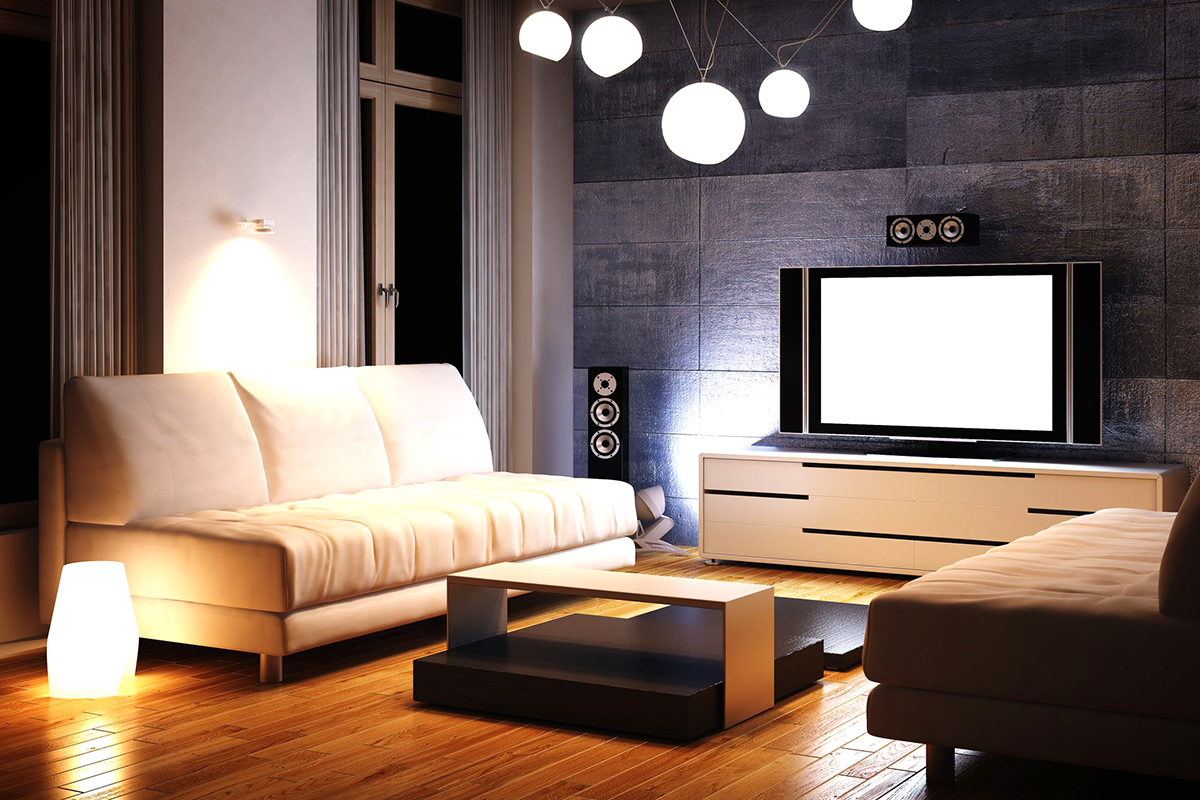WRITER | MIKE FERRARO
PHOTO | FERRARO GROUP
One often-overlooked aspect of a home is what I call the building sciences. Your home is a complex array of organic and inorganic interdependent systems that ultimately affect your physical and psychological health. Sound a bit technical? That may be why many homeowners focus on aesthetics and don’t give much thought to the sciences of the building.
Of all the systems in your home, the most important is indoor air quality (IAQ). That said, IAQ is part of the bigger picture called indoor environmental quality (IEQ), which also involves the other physical and psychological aspects of life indoors: lighting, visual quality, acoustics, and thermal and respiratory comfort.
Flooring, paint, and countertops can affect your home’s air quality because of off-gassing. An underperforming HVAC (heating, cooling, and ventilation) system, air or water leaks, poor housekeeping, and uncontrolled ventilation and air humidity can impact IAQ as well. Some allergies may even be the result of poor indoor air quality.
Most homes have a forced-air HVAC system, and if it is not functioning at optimal levels, not only will you spend more energy dollars, you will not be receiving the full benefits of properly conditioned air. To ensure that your system is working as it should, have it serviced annually. You should change your filter every six months and consider a HEPA filter for better air filtration. The addition of a humidifier will also assist in keeping the humidity at an appropriate level. Consider turning the furnace fan to the on/circulation setting to help extend the life of your furnace and keep air moving within your home.
Air leaks are common where care was not taken to seal the home properly. Air leaks are the opposite of controlled ventilation. Water leaks are likely to cause mildew and mold, creating unhealthy air.
Additionally, your housekeeping can impact the air you breathe; dust mites, dead skin, pet dander, and pollen deteriorate air quality.
Last but not least is uncontrolled ventilation, particularly carbon monoxide that is not adequately exhausted from gas appliances and radon. Radon, a naturally occurring radioactive gas, is the second-leading cause of lung cancer in the US. As radon comes from the earth, it may seep into your home through cracks in the foundation. You cannot smell or see it, and it is not specific to any particular soils or geographic location.
You can learn very quickly how your home’s IAQ is rated by completing one of several relatively inexpensive tests.
Most stores carry radon and VOC (volatile organic compound) detection kits. Some companies do not charge for the lab results, and the test is simple, taking about 48 hours.
You might consider purchasing an electronic indoor air quality monitor. These monitors consistently test and report on the levels of pollution inside your home. A good unit usually costs $100-$300.
Carbon monoxide detectors can be installed in each bedroom and the mechanical room and are available at most home and hardware stores. Carbon monoxide is a heavy gas, so install detectors about 2 feet off the floor. Most units can be plugged into your household outlets.
Have your ductwork cleaned by a local professional, get your carpets professionally cleaned regularly, and practice thorough housekeeping.
If you think you have mold (sometimes you cannot see it if water leaks are behind structural elements or inside walls), you can purchase air check mold test kits.
There are also many certified professionals in your area who can assist you with evaluation and remediation services for many of the causes of poor IAQ.


